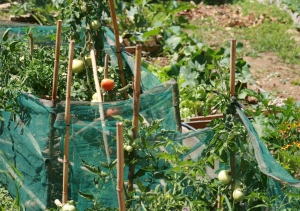
The view from Arete
Do you really need an EOT Licence?
According to the Greek National Tourist Organisation, know in Greece as EOT (Elliniko Organismo Tourismo) if you rent your Greek property for holiday use, i.e. not long-term rental of over 3 months, then you must by law have an EOT licence. So if you take money from anyone, that includes family, friends or third parties, the answer is simply YES, you do need an EOT licence.
Back in 2002, when we bought our land here in Crete, we were told, unofficially, that “No” we didn’t need one. “You only have two apartments”, “No one will know”, “Just tell them it’s your family visiting” And yes we could have been forgiven for taking this advice, it’s a big deal building a home abroad, and didn’t we already have enough paperwork to do without the bother of yet more red tape to unravel? But let’s be honest, when they do eventually catch up with you, I don’t think that “Well…… Kostas in the Kafeneon told us we didn’t need one” will wash, do you?
The process of obtaining a licence is long, complicated and expensive. It requires the services of an architect or civil engineer and above all else, a good understanding of the Greek language. After great consideration, we choose to employ an agent, Gianna Peteraki in Hania. Having always tried to do all work ourselves to save money, we resigned ourselves to the fact that, this time it was not possible and to successfully obtain our licence we had to seek professional help.
We discovered Gianna through the Greek grapevine, she came highly recommended and we soon discovered that the recommendations were well deserved. It is important, at this point, to remember that all applications are different. In our case, we have two self-catering apartments on the first floor of our house. We live here permanently and both apartments are accessed independently of the house.
The EOT rules for Villa rental and Apartment rental are different, but as a general rule of thumb, all the points I am about to cover are relevant to most applications, however, please remember that the following information is based on our own experience and the rules are changing constantly, what was relevant to us 2 years ago may not be in force now. Something you need to consider before going any further and probably most importantly, is that the building must correspond exactly to the plans.
To begin the process we had to submit our application, when the application was approved we were given a protocol number, with this number we could proceed with obtaining the various certificates needed. They are as follows…..
Fire Certificate – A separate set of plans were drawn up which included the exact location of all fire extinguishers, emergency lights and exit signs in the public areas plus the sprinkler system and fire door required for our boiler room. The plans submitted and approved, we then employed a registered, fire safety engineer, to install the equipment. Then we had to apply again to the Fire Department to come and inspect the equipment and awaited their approval.
Health Certificate – Again another set of plans were sent for approval to the Health Department, identifying the entire sewerage system and sewerage tank. These were approved and an on site inspection was carried out.
Tax Certificate – Proving that we owed no taxes.
Authorised passport certificate – Obtained from our lawyer.
Deposit receipts from two Banks and the Tax Office, into which we had to pay several small deposits.
Pool Operating Certificate – if you have one, we don’t.
Finally, we had to set up the business with our accountant.
Now the fun begins, after all of the above, we then had to add up our points.
The basic tourist establishment here in Greece is rated on a key system, rather like the star system. We were applying for the basic 3 key licence. Keys are awarded according to the amount of points your property has. For 3 keys we needed 5001-7500 points. Points are awarded according to the type of accommodation you have and for certain services and or equipment you offer. For example, air conditioning is worth 840 points, a reception area is worth 600 points, parking is worth 160 points, an armchair, a desk, a kettle and other such items are worth anything between 50 to 200 points. Only when you have completed all of the above and accumulated all the necessary points do you apply for the final inspection by EOT inspectors.
The inspectors visit is of utmost importance, ultimately they have the power to award you the licence and regardless of the above, if they are not happy with anything, your application can be in jeopardy. After all the work we had done to get to the inspection stage, needless to say we were very polite, accommodating and I even baked a cake and to our great relief the inspection went well and we were awarded the EOT license.
The license is valid indefinitely but you must be aware of the necessary annual up keep of the Fire certificate, The Health Certificate and the EOT price list, which you must pay for at the beginning of every season. The price list is a certification of the minimum and maximum cost you can charge your customers. And of course as a business you must submit an annual tax return and pay the taxes according to your accommodation, for which you will need the services of your accountant.
Is it worth it? For us yes, ok it’s a long and daunting task and there were many occasions when we felt like throwing in the towel. But once obtained the licence is an invaluable tool, not only to ensure that you are operating within the law, therefore, giving you peace of mind, but it may even contribute to the value of your home.




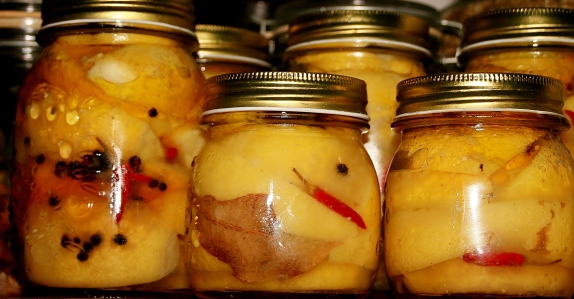




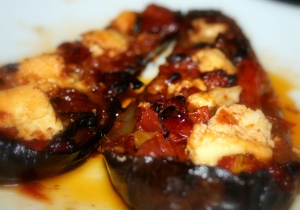
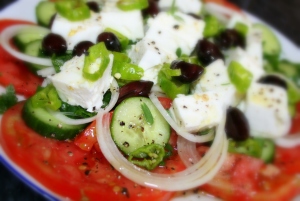 Mr J and I do love our food, our favourite saying is that whilst some people eat to live, we live to eat.
Mr J and I do love our food, our favourite saying is that whilst some people eat to live, we live to eat.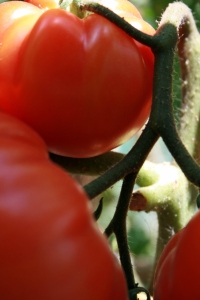 Growing tomatoes organically in Crete has been more of challenge than I had anticipated, but this year, being my third growing season, I have produced the best to date. I admit I was totally sucked in by the frequent blasé comments of ” They’re easy to grow here, plenty of sunshine” or ” Just throw them in with plenty of Goat manure” and the most famous of all ” No, I never use chemicals”.
Growing tomatoes organically in Crete has been more of challenge than I had anticipated, but this year, being my third growing season, I have produced the best to date. I admit I was totally sucked in by the frequent blasé comments of ” They’re easy to grow here, plenty of sunshine” or ” Just throw them in with plenty of Goat manure” and the most famous of all ” No, I never use chemicals”. 